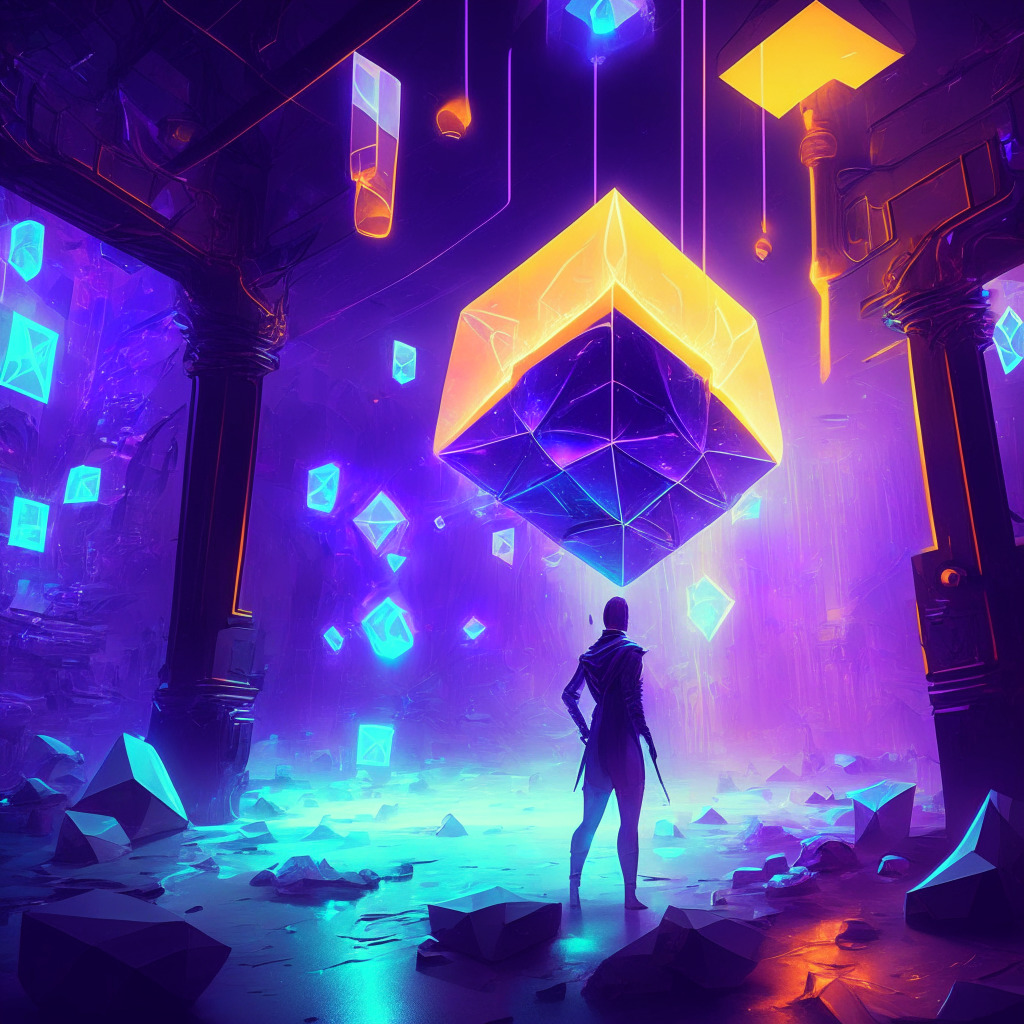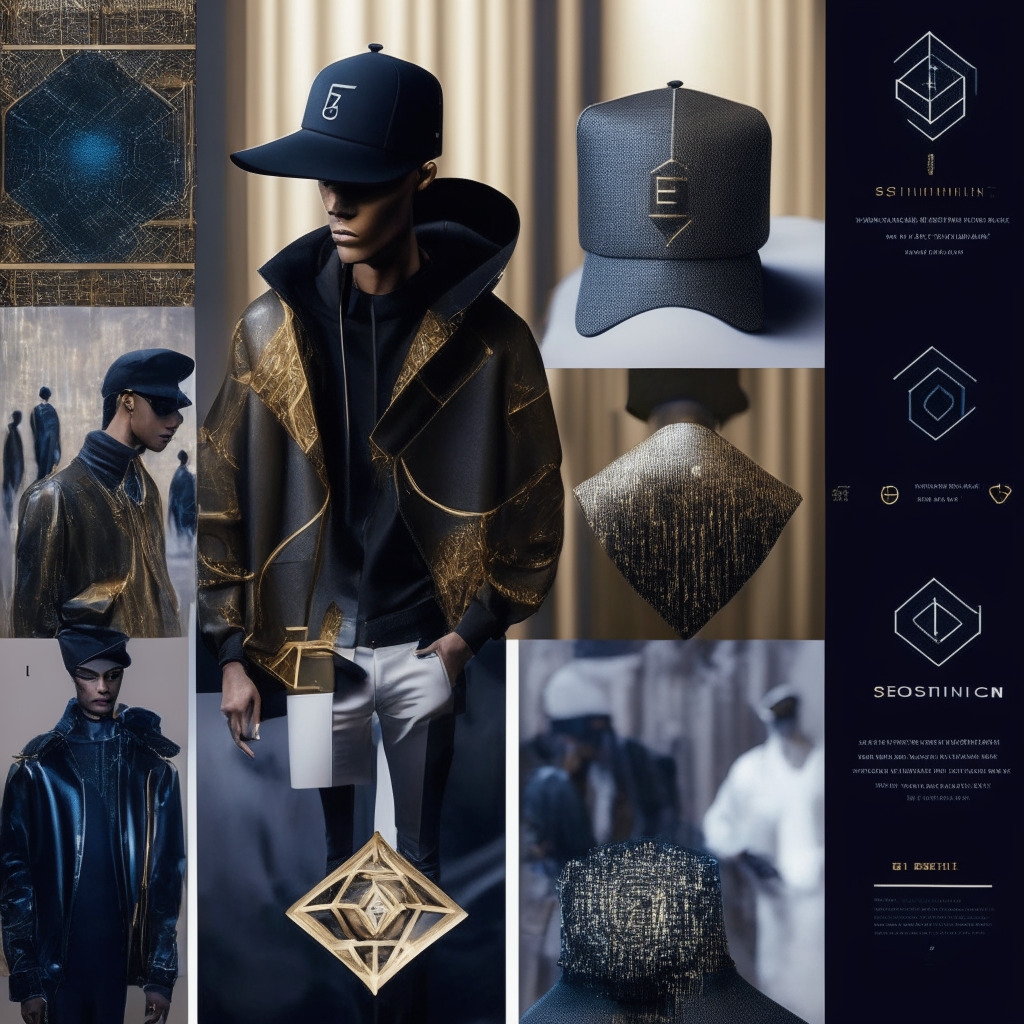Developers have recently published an Ethereum Improvement Proposal (EIP) that introduces a new way to use nonfungible tokens (NFTs) by allowing smart contract accounts to be a part of every NFT. In an interview with Cointelegraph, Future Primitive’s Jayden Windle and Benny Giang, the authors of EIP-6551, explained the use cases of ERC-6551 and its implications for the crypto space.
According to Windle, this new system essentially gives NFTs their own crypto wallets, allowing them to own any asset on chain and perform any action on the chain. The idea came to life when the team was working on an NFT project and wanted to add equipping as a mechanic, in which NFTs can wear clothes and accessories that are also NFTs. They wanted to create a system that allows other projects to take advantage of this new mechanic and apply it to NFTs in general.
Potential use cases for ERC-6551 include blockchain gaming and inventory systems, as well as decentralized autonomous organizations (DAOs) where the history of a DAO member can be combined with NFT data. Moreover, airdropping assets into NFTs could potentially increase their value.
The new mechanic has endless possibilities, with Giang mentioning that this can also bring social identity into NFTs, allowing for new functionality apart from just buying, selling, or trading. He also stated that NFTs could be utilized as on-chain network playable characters (NPCs) in blockchain-based games if artificial intelligence (AI) is employed.
Additionally, the developers confirmed that ERC-6551 is already live on the Ethereum mainnet and has been applied to an NFT collection called Sapienz. This new system can potentially enable applications around NFTs that own NFTs in a hierarchical structure, opening possibilities for unique and innovative experiences.
Source: Cointelegraph




